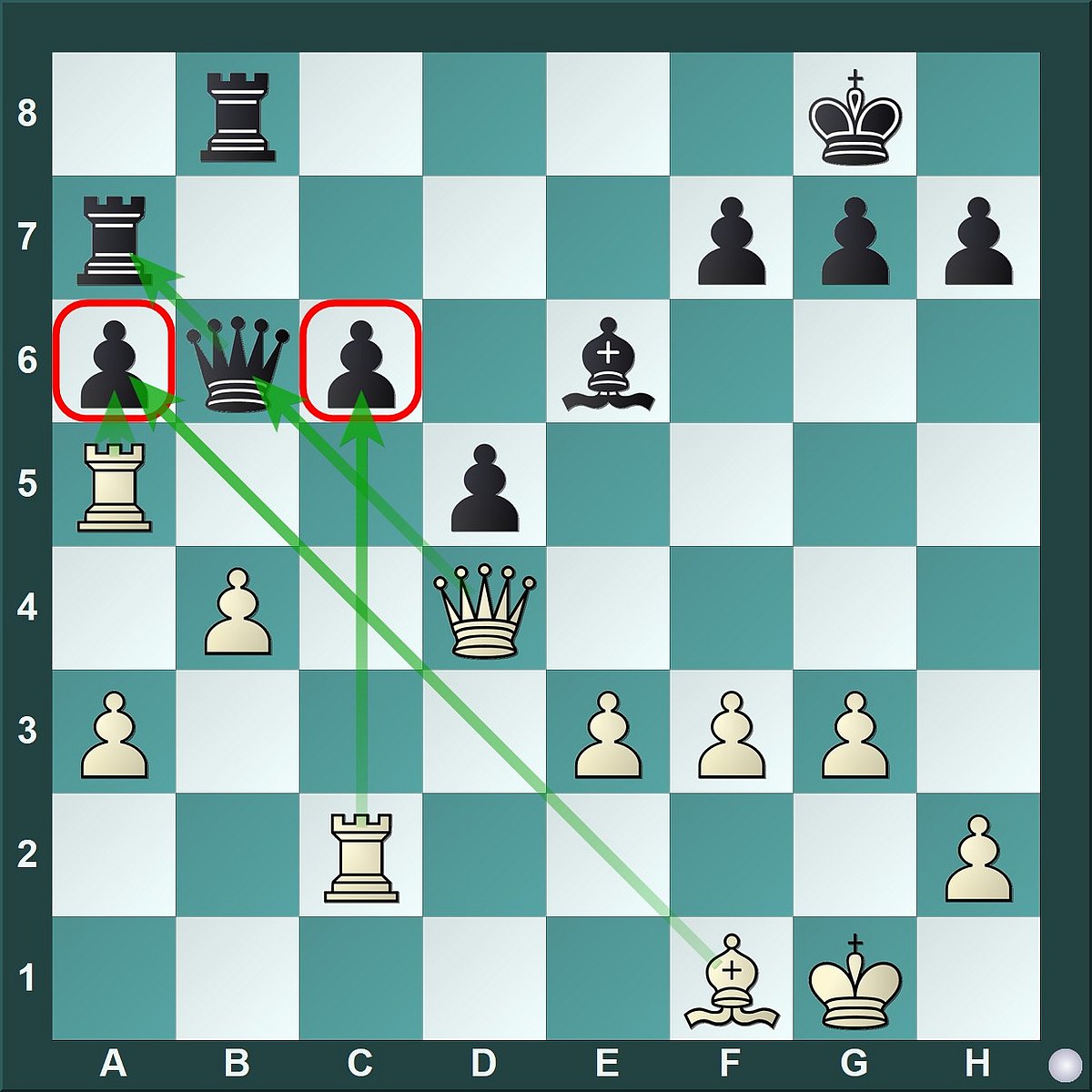Often, we get positions where we are aware of possessing an advantage, with no immediate tactics in sight. The advantage seems obvious not because of a material advantage but due to the better quality of our pieces and pawns compared to their counterparts. Such an advantage is termed as a positional or strategic advantage in Chess. However our opponents don’t necessarily collapse, and the game seems to go on. When we attack our opponent’s weakness, they bring their pieces to defensive outposts and seem to hold the position. In such cases, it is an important idea to stretch the opponent’s resources by creating a second weakness so that his pieces suffer from overloading, generating opportunities for a tactical breakthrough.
This principle of two weaknesses is most powerful in strategic positions and technical endgames, where direct tactics don’t work, and long-term pressure must be applied.
Chess Legend Akiba Rubinstein understood this concept deeply. The Polish Grandmaster was a dominant force in the early 20th century, widely regarded as one of the greatest chess players never to become World Champion. In last few years I learnt more about his prowess through GM Boris Gelfand’s modern classic “Positional Decision Making in Chess”. Gelfand himself is a modern Chess legend, having won the Chess World Cup and closely fought against Viswanathan Anand for the World Championship in 2012.
Principle of Two Weaknesses
Creating a second weakness starts by fixing the first—often a backward pawn, weak square, or passive piece—so the opponent is tied down to its defense. Next, limit their mobility by controlling key squares or files, making it harder for their pieces to shift. With their forces restricted, quietly probe elsewhere—often the other flank—with pawn moves or piece maneuvers to provoke a new weakness. This second target could be another pawn, weak color complex, restricted king, or simply lack of counter play. Once both weaknesses are in place, shift play between them. Sooner or later, the defense will crack—through an invasion, breakthrough, zugzwang, or a winning endgame.
Rubinstein’s positional masterpiece
Rubinstein’s game against his contemporary Gersz Salwe from the year 1908, serves as an excellent demonstration of a positional crush!
Rubinstein vs. Salwe, 1908
In this position, despite equal material, White’s has an advantage due to his piece activity and better pawn structure. White has piled up his Rooks on the half open ‘c’ file and centralized his Queen. His Bishop is superior to its counterpart as Black’s Bishop stands restricted by his own central pawn on d5, which is on the same colour as his Bishop, thus limiting it’s scope. Both the Kings are safe and sound.
White skillfully exploited the principal of 2 weaknesses by alternatively attacking Black’s 2 weak pawns: a7 and c6, forcing Black to give up one of them. Let us see how: 1. b4!
White grabs space on the Queenside, restricting Black’s ‘c’ pawn to the 6th rank permanently, and threatening to play b5 on the next move. With b4, he also prevents Black from playing a5, which would have freed up some space. Black’s 1…a5 here would be met with Ra5! where Black cannot re-capture Ra5 due to the Queen on b6 being attacked by the White Queen on d4 now!
White’s threat is to play b5, utilising the ‘Pin’ on the ‘c’ file. If Black moves his Bishop back to d7 in order to support his pawn on c6, then White has the tactic Rd5, again winning a pawn as cd5 would be met with the sequence Qb6- ab-Rc7! Once again White benefits from the Pin on the ‘c’ file.
2. a6
3. Ra5 Rb8
4. a3 supporting our pawn on b4.
Now Black’s pieces are overloaded, he can no longer defend all his weaknesses at the same time. 4…Bc8 runs into 5. Qb6 Rb6 6. Rd5!
5. Ra7
Can you find a tactic to win a pawn? White to play.

6. Rc6!! Qc6 7. Qa7 with the help of this small tactical sequence, White emerges a pawn up. White’s next plan is to either pick up the a6 pawn as well or to advance his ‘b’ pawn with the help of the ‘a’ pawn, and create a new Queen!
White already has a winning advantage and went on to win the game in a few moves. Here is the whole game if you would like to replay it with a chess board in front of you:
Akiba Rubinstein vs. Gersz Salwe, 1908
1.d4 d5 2.Nf3 c5 3.c4 e6 4.cxd5 exd5 5.Nc3 Nf6 6.g3 Nc6 7.Bg2 cxd4 8.Nxd4 Qb6 9.Nxc6 bxc6 10.0–0 Be7 11.Na4 Qb5 12.Be3 0–0 13.Rc1 Bg4 14.f3 Be6 15.Bc5 Rfe8 16.Rf2 Nd7 17.Bxe7 Rxe7 18.Qd4 Ree8 19.Bf1 Rec8 20.e3 Qb7 21.Nc5 Nxc5 22.Rxc5 Rc7 23.Rfc2 Qb6 24.b4 a6 25.Ra5 Rb8 26.a3 Ra7 27.Rxc6 Qxc6 28.Qxa7 Ra8 29.Qc5 Qb7 30.Kf2 h5 31.Be2 g6 32.Qd6 Qc8 33.Rc5 Qb7 34.h4 a5 35.Rc7 Qb8 36.b5 a4 37.b6 Ra5 38.b7 1–0
















































